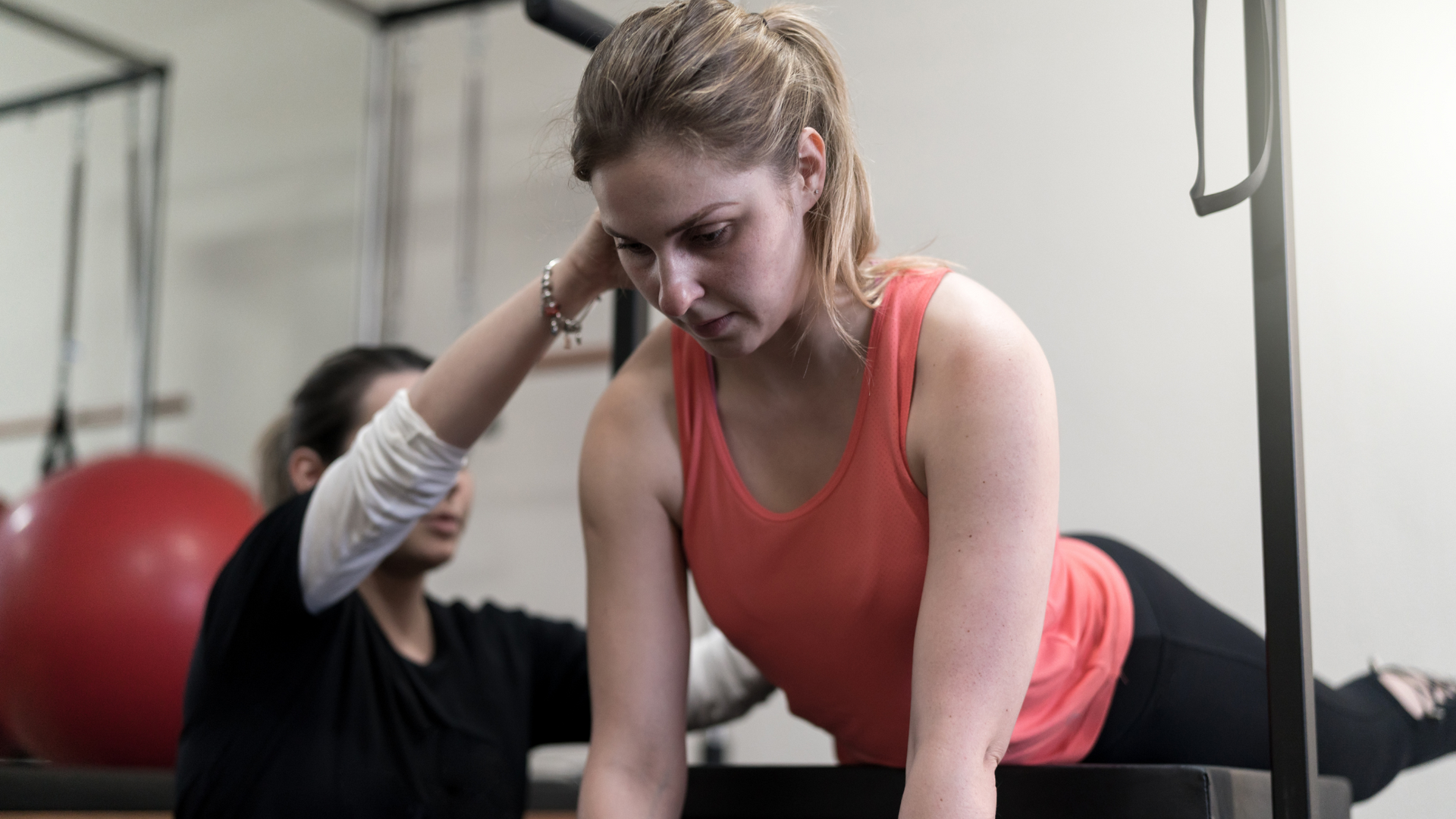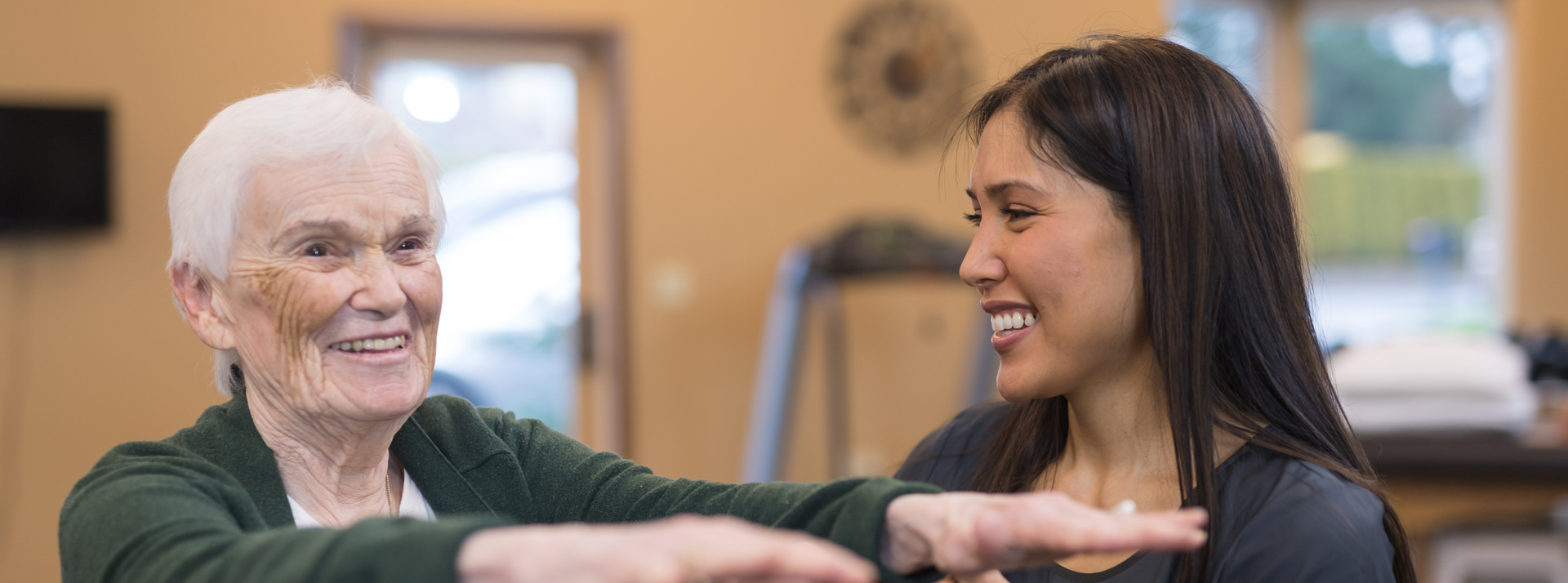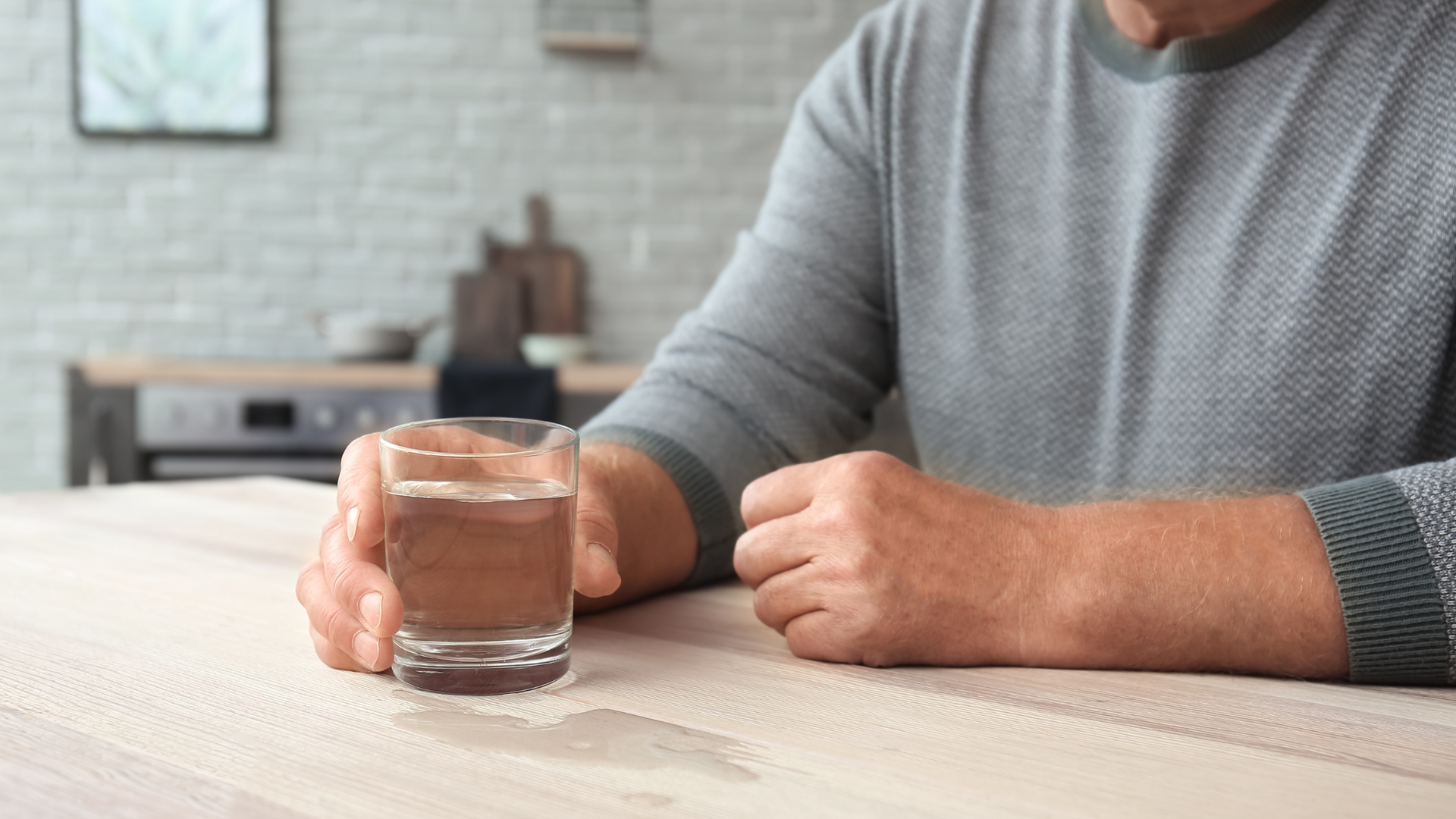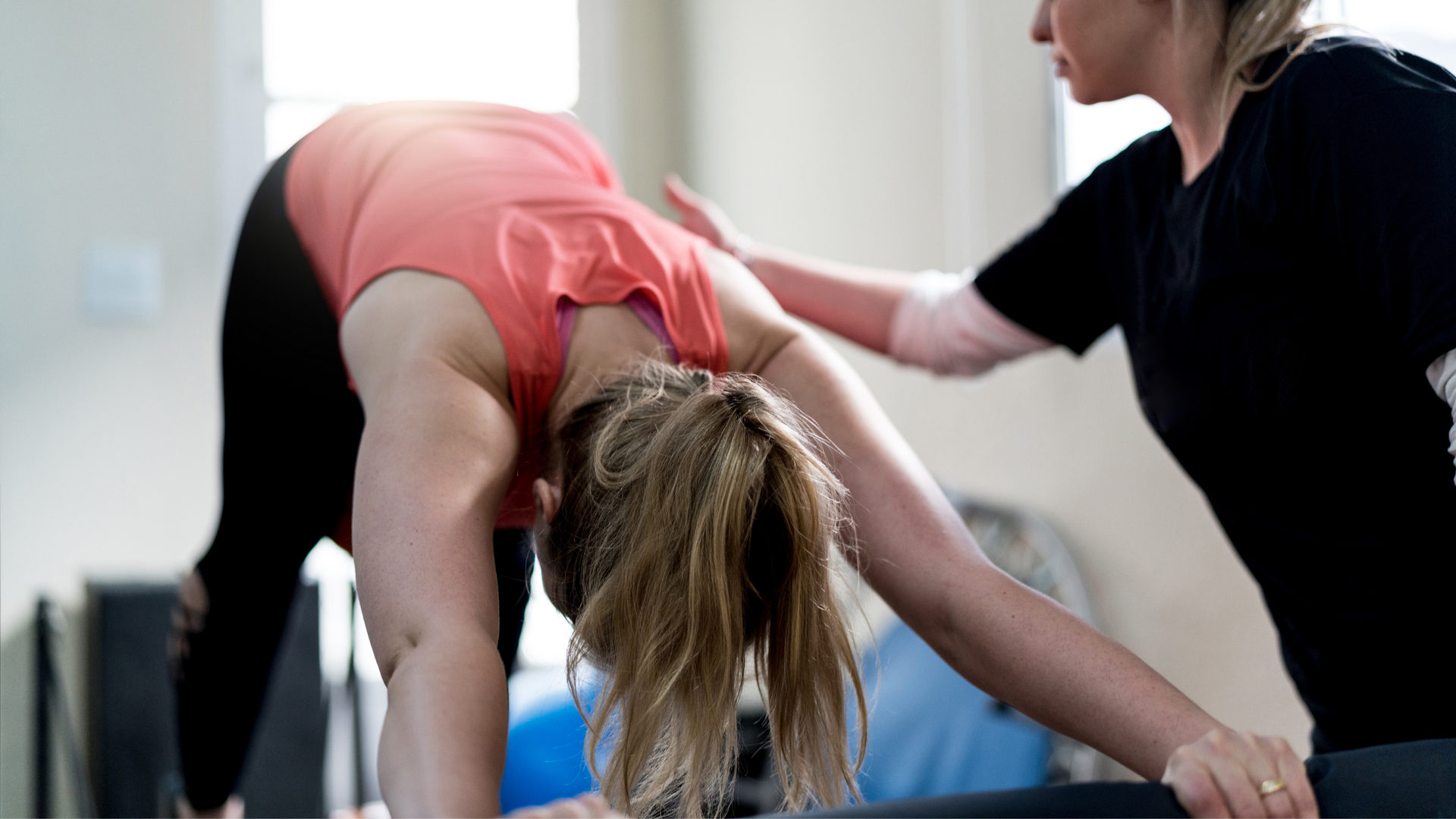Reducing Pain for Patients with Endometriosis
The value of physiotherapy in managing endometriosis is underrated.

Endometriosis is a common, chronic disease affecting women of child-bearing age in which cells similar to the endometrial tissue that lines the uterus grow in other locations in the body. Commonly found in the pelvis and reproductive organs, endometriosis can impact the bowel, bladder and has been found as far away as the lungs and the brain. Endometriosis results in inflammation, formation of scar tissue and adhesions in the pelvic and abdominal region, chronic pelvic pain and, in some instances, infertility.
Facts and Stats
Endometriosis is a prevalent condition that affects almost 1 million Australians at some point within their lives. The condition, which is usually first apparent at the onset of menstruation, can take up to 6.5 years to be diagnosed.
A lack of research scrutiny and public awareness means management remains largely biomedical
(surgical and pharmacological) with insufficient outcomes on the primary symptoms of pain and reduced quality of life.
Endometriosis is reported to cost Australia $2.5 billion dollars annually in direct healthcare costs and a further $7.2 billion annually in lost productivity.
Fact: Marilyn Munroe suffered with endometriosis and underwent several surgeries to manage the condition. The chronic pain associated with endometriosis often meant she was late to set and at times, heavily medicated, and unfairly deemed “difficult” to work with (Source: Hard Quiz (2024), https://www.youtube.com/watch?v=v_6svtN7-oU).
The Australian Longitudinal Study on Women’s Health, last updated in December 2023, is a great resource for information on endometriosis. This study has shown that for women born between 1973 and 1978, 14% have been diagnosed with endometriosis by age 44-49. More recent data has shown that by age 31, 9.2% of women in a younger cohort (born 1989 – 1995) had endometriosis compared with 6.9% in the 1973-1978 cohort, which may reflect increased awareness of endometriosis among the public and health professionals, leading to increased diagnosis among women born more recently.
Risk factors for endometriosis are broad including prematurity and low birth weight, painful menarche and cyclic pain that increases during menstruation, autoimmune diseases, and obstetric surgery. The biggest risk factor though is a family history, particularly amongst first degree relatives, with conveys a 6-7 fold increase in risk of endometriosis.
Signs and Symptoms
The most common symptom associated with endometriosis is pain, often severe, in the lower abdomen (pelvis). Endometriotic lesions are frequently found to have both a blood supply and a nerve supply and it is the latter that contributes to the broad range of pain symptoms experienced. These can include:
- Dysmenorrhea - painful menstruation;
- Dyspareunia - painful sexual intercourse;
- Dyschezia - painful defecation;
- Dysuria - painful urination and, in general;
- Chronic pelvic pain - pain perceived to originate in the pelvis lasting for longer than 6 months.
These symptoms can result in reduced participation in physical activity and higher prevalence of chronic fatigue. They can also impact sleep quality, relationships, mental health, and overall quality of life.
Management of Endometriosis
Currently guidelines recommend pharmaceutical (pain relief medication and oral contraceptive pill) and surgical management as the first line of treatment for endometriosis. However, this approach is often insufficient for satisfactory pain control, particularly in severe cases. Research shows that 20-40% of people with the disease still experience symptoms following this line of treatment.
Physiotherapy in its various forms can be an alternative and an excellent complement to surgical and pharmacological treatment of endometriosis. Physiotherapy (and importantly, Specialist Women's Health Physiotherapy) has been shown to reduce inflammation, alleviate pain and thus significantly improving women’s quality of life.
Physiotherapy approaches such as kinesiotherapy, manual therapy, exercise therapy and hydrotherapy can improve pain related symptoms, function, exercise tolerance and sleep quality, and overall quality of life for people living with endometriosis.
Physiotherapists are great educators. They have an advanced understanding of anatomy, WHY you get the symptoms you do, and how your body responds and adapts to pain; they can provide advice on relaxation and movement strategies and education on good bladder and bowel control habits; and they can provide strategies to optimise pelvic floor function and assist in the pre and post endometriosis surgery phases.
Why Physio-led exercise is so important
Few health professionals have the combined knowledge of anatomy, physiology, pathology,
pain science, and exercise therapy that Physiotherapists do.
Physiotherapists work as part of a multi-disciplinary team - with your doctor, surgeon, psychologist and other health care professionals. This allows physiotherapists to personalise and adapt treatment and exercise prescription to the individual dependent on the history, behaviour and current presenting pathology.
Why exercise? Regular physical activity has been shown to have positive effects when it comes to managing chronic pain and psychological symptoms (such as low mood and anxiety) that are commonly associated with endometriosis. The potential benefits of exercise for people living with endometriosis include:
- Reduced inflammation
- Downregulating or calming the nervous system, particularly the pain pathways
- Improved cardiovascular fitness, strength, and energy levels
- Improved sleep habits and quality of sleep
- Enhanced emotional wellbeing and engagement
- Regulation of body weight
What type of exercise could I be doing with endometriosis?
Any exercise program should be personalised, relevant and engaging for the individual.
Factors such as previous exercise history, other health conditions, age, and personal goals will influence the type,
frequency, and intensity of exercise. In a nutshell, one size DOES NOT fit all.
Gentle aerobic based activities such as walking, jogging and body weight resistance programs are great places to start before progressing to more moderate and high intensity exercise. If pain is limiting participation in these activities, then we recommend getting started with combination exercise therapy of hydrotherapy and clinical pilates.
Incorporating a progressive strengthening program focusing on the low back, abdominals and pelvis can also be beneficial. Again, clinical pilates is great for this. Most exercise programs will progressively work towards five 20-30mins sessions of moderate intensity exercise and two strength sessions weekly, but this is dependent on many factors.
Keep in mind if you have had surgery you need to be medically cleared before returning to physical activity and progressions may be a little slower.
As always, we strongly recommend engaging with your physiotherapist to design, monitor and progress an exercise program.
To find out more about the benefits of Clinical Pilates and Hydrotherapy for Endometriosis, click here.
The take home
Endometriosis is a common, painful condition that benefits hugely from physiotherapy intervention across the child-bearing years. Surgical and pharmacological intervention (ie. usual medical care) is often insufficient to satisfactorily control pain in endometriosis patients. The addition of physiotherapy-led education, manual therapy, therapeutic exercise and strengthening programs has been demonstrated to improve the symptoms of endometriosis, improve health related quality of life and will ultimately reduce the direct and indirect costs of this disease on the healthcare system.
Do you have endometriosis and want a non-invasive, exercise-based option to manage your pain?
Give us a call.
At Movement for Life Physiotherapy, we understand pelvic pain. We are part of an extensive network of health professionals in Darwin and the Top End. Our caring, empathetic, professional clinicians individualise treatment approaches based on your goals, help reduce chronic pain, and improve health-related quality of life.
Through movement and education, we'll help get you back to the things you love sooner.
For more information and appointments, please contact us on 08 8945 3799 or book online.
Sources
- Australian Institute of Health and Welfare. (2023). Endometriosis. Retrieved from https://www.aihw.gov.au/reports/chronic-disease/endometriosis-in-australia
- Bull, F. C., Al-Ansari, S. S., Biddle, S., Borodulin, K., Buman, M. P., Cardon, G., ... & Willumsen, J. F. (2020). World Health Organization 2020 guidelines on physical activity and sedentary behaviour. British journal of sports medicine, 54(24), 1451-1462.
- Endometriosis Australia. https://endometriosisaustralia.org/ Accessed 4th March 2024.
- Gete, D. G., Doust, J., Mortlock, S., Montgomery, G., & Mishra, G. D. (2023). Associations between endometriosis and common symptoms: findings from the Australian Longitudinal Study on Women’s Health. American Journal of Obstetrics and Gynecology, 229(5), 536-e1.
- International working group of AAGL, ESGE, ESHRE and WES, Tomassetti, C., Johnson, N. P., Petrozza, J., Abrao, M. S., Einarsson, J. I., ... & De Wilde, R. L. (2021). An international terminology for endometriosis, 2021. Human Reproduction Open, 2021(4), hoab029.
- Rowlands, I. J., Abbott, J. A., Montgomery, G. W., Hockey, R., Rogers, P., & Mishra, G. D. (2021). Prevalence and incidence of endometriosis in Australian women: a data linkage cohort study. BJOG: An International Journal of Obstetrics & Gynaecology, 128(4), 657-665.
- Tennfjord, M. K., Gabrielsen, R., & Tellum, T. (2021). Effect of physical activity and exercise on endometriosis-associated symptoms: a systematic review. BMC women's health, 21(1), 1-10.
- Wójcik, M., Szczepaniak, R., & Placek, K. (2022). Physiotherapy management in endometriosis. International Journal of Environmental Research and Public Health, 19(23), 16148.
More articles
Our goal is to enable you to live a pain-free life, with full mobility.
Copyright 2020 Physiotherapy





